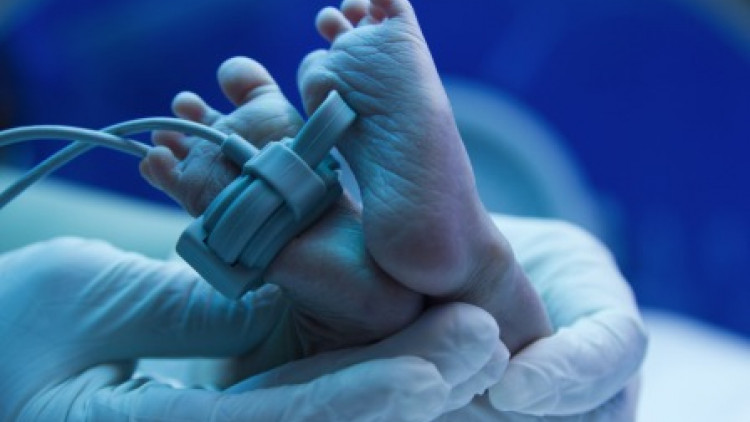"Getting to know the Paediatric ICU through its great caregivers—the nurses—prepares us for life"

We interviewed the artist responsible for the first artwork in our Concomitancia (citizen-commission) at the Paediatric ICU of Nuestra Señora de la Candelaria Hospital, Tenerife.
What’s your relationship with radio and podcasts? When did the love story begin?
Like so much that makes up the soundtrack of our lives, my fascination with words, journalism, and radio—three of the four pillars that shaped who I am—grew out of the things that suffused my childhood: the formless, jumbled material of the absence and presence of distant memories that we could poetically call “impregnations” of memory. My dad always had the radio on. We’d change stations to listen to the programmes we liked, and sometimes we explored the noise of the dial. One day we came across the Cadena del water network and it shattered all my preconceptions about what radio could or should be. At the same time, we had a radio station at school, and I thought it was great, the best thing ever. A few years later, in 1989 or 1990, on one of those FM explorations that felt like taking to the open sea in a sailboat at night, I came across a soundscape, a certain spirit, a tone, a kind of music that was much more like the innovative Cadena del water than commercial stations like Cadena SER. Except in this case the sound quality was crystal clear, not awful. And it turned out to be Radio Carcoma, one of Madrid’s first pioneer free radio stations, which happened to be based right near my house. I’d been listening to it for a few months when I saw some posters in my neighbourhood encouraging people to sign up for a workshop and join the station. I tore off the little piece of paper with the phone number and address and one day I dropped in. I wasn’t 16 yet. And that’s how it all began.
Would you say podcasts are an art?
I guess if we start talking about the beauty of podcasts and radio it’s easy to get caught up in a web of cliches that we all agree with. It’s hard to avoid them because they’re self-evident: listening to the radio allows you to close your eyes and see things, you get the sense that the host is only talking to you. When you speak into a microphone you feel that you’re transmitting a message that will reach somebody’s ears through those intimate channels. And then there’s the fourth pillar of my life, which I didn’t mention before and which also ties in to the importance of podcasts and radio in my life: music. I discovered that some (not all) of the music on Radio Carcoma drove me wild. So the radio-music connection just clicked.
“Radio and podcasts are like racing cars for music: a fast, crazy, unpredictable means of transport”
What appeals to you about telling stories that take place around a paediatric ICU and the world of healthcare?
On the maps of our society, some places appear as black boxes. Impenetrable. Opaque. They can’t be ignored, but they’re not easy to get into either. Those black boxes are important to journalists, they seem to have a magnetic force and they’re mysterious. They obviously contain a story. An Intensive Care Unit is a black box where very intense (pardon the repetition) things happen and remain inside. Think of a pressure cooker. There’s usually no time for journalism in an ICU. But imagine how important it could it be—for the people inside and those of us outside—to know what the black box consists of, what it feels like to be in it. What goes in there? What do we need to know about what goes on in there? What can we learn from it? Today, others—in this case children—are in intensive care, but tomorrow it could be me, or my own child.
“Getting to know the Paediatric ICU through its great caregivers—the nurses—prepares us for life. It’s a privilege to be able to tell this story”
Can you tell us something you’ve found interesting in the work you’ve done with our group of citizen-commissioners at the ICU so far?
I’m really surprised at how unstressed they are! It confirms my suspicion that not everybody can be a nurse: keeping calm, injecting enthusiasm, providing medical care and affection at the same time, knowing how to relate to the children who are admitted to the unit... the nurses are brimming with these attributes. Their voices are soothing and healing, and that’s part of the story we’re going to tell.
Another thing I found interesting is their level of engagement with Concomitentes, and the time and thought they’ve put into reflecting on the work they do, how to improve and how to bring other approaches and solutions into the Paediatric ICU to help them care for their young patients and make their experience less stressful. You can see that they’ve given it a lot of thought and that it’s very important to them. I think that the Paediatric ICU at Nuestra Señora de la Candelaria will cease to be a black box. In fact, I’m already imagining it as a sponge, soft and porous.
